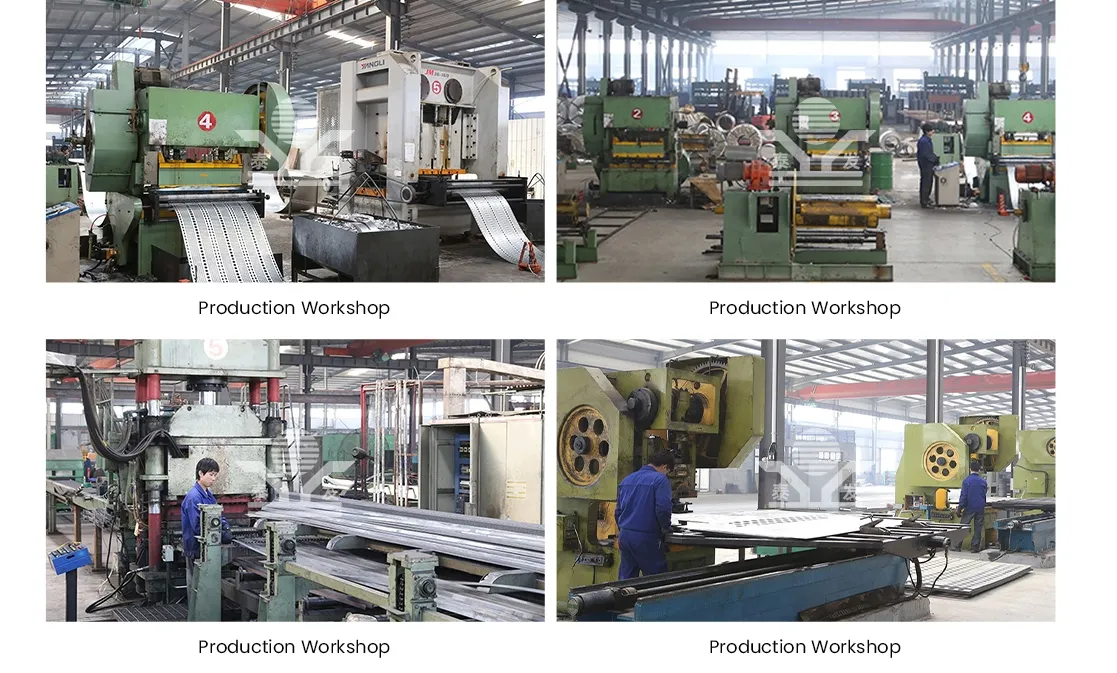Temporary Hoarding Construction A Practical Guide
In the realm of construction and renovation, temporary hoarding serves as an essential tool for managing safety, privacy, and aesthetics on construction sites. While often overlooked, understanding the purpose and effective implementation of temporary hoarding can significantly contribute to a project's success.
Purpose of Temporary Hoarding
Temporary hoarding is erected to enclose construction sites and safeguard both the public and workers. Its primary purposes include ensuring safety by preventing unauthorized access, protecting pedestrians from potential hazards, and minimizing the impact of construction noise and dust on the surrounding environment. Additionally, hoarding can serve as a visual barrier, shielding construction activities from public view and maintaining the neighborhood's aesthetic integrity.
Materials and Design
The materials used for temporary hoarding can vary, but commonly employed materials include plywood, metal sheets, or composite materials. These materials should be selected based on durability, ease of installation, and weather resistance. Plywood, for instance, is a cost-effective option that provides adequate protection while being lightweight and easy to construct. Metal hoarding, on the other hand, offers superior strength and is suitable for high-traffic areas.
When designing temporary hoarding, it’s crucial to incorporate branding elements if the construction project is associated with a specific business. This can be achieved through the installation of banners and graphics, which not only promote the project but also contribute to a positive image of the ongoing work.
temporary hoarding construction

Installation Process
The installation of temporary hoarding typically begins with site assessment and planning. This step involves measuring the area, determining the required height and length of the hoarding, and ensuring adherence to local regulations. Once the planning phase is complete, construction can proceed. It often involves securing the hoarding to the ground or existing structures to enhance stability and prevent movement due to wind or other environmental factors.
While erecting hoarding, safety measures must be prioritized
. Workers should wear appropriate personal protective equipment, and caution signs should be displayed prominently to alert the public of the construction activity.Regulatory Considerations
Before commencing temporary hoarding construction, it is essential to check local regulations and obtain necessary permits. Many jurisdictions require specific permits for erecting temporary structures, and failure to comply can lead to fines or project delays. Furthermore, some areas may mandate additional safety measures, such as lighting or reflective materials, to enhance visibility during nighttime or inclement weather.
Conclusion
In conclusion, temporary hoarding construction plays a crucial role in the management of construction sites. By understanding its purpose, selecting appropriate materials, and adhering to safety and regulatory standards, construction managers can ensure a smoother project execution. With proper planning and execution, temporary hoarding can effectively protect the public, enhance project branding, and maintain an orderly construction environment, benefiting both the builders and the surrounding community.
-
The Best Metal Mesh Solutions: Expanded Aluminum Metal vs. Expanded Stainless Steel Metal
NewsSep.10,2024
-
Round Perforated Sheets vs. Hexagonal Perforated Sheets vs. Embossed Perforated Sheet Metal
NewsSep.10,2024
-
Perforated Metal Sheets
NewsSep.10,2024
-
Experience The Excellence Of Stainless Steel Grating
NewsSep.10,2024
-
Discover the Versatility Of Metal Mesh Expanded Forming Machines
NewsSep.10,2024
-
Discover The Advantages Of Steel Grating For Sale
NewsSep.10,2024
Subscribe now!
Stay up to date with the latest on Fry Steeland industry news.

